
| Print | Back |  |
September 29, 2014 |
 |
Moments in Art Very Underground Artby Lawrence Jeppson |
Several months ago I devoted half a dozen columns to folk art, also called primitive or naive art. Several dealt with circus art. Although knowing I was far from exhausting the subject, I did not expect that I would be aroused to write about it again by a Polish salt mine that I had never heard of until today.
The salt mines I associate with art are those deep in the mountains of Austria where the Nazis attempted to hide the art they had stolen from European museums and collectors as the world came crashing down on Hitler's empire. I will write about those salt mines, but not today.
I prefer to write about an email that my friend Gordon Moses forwarded to me. Gordon was a French missionary when I was, just after World War II. For a period he was a companion to Elder Dieu. Dieu would die of tuberculosis contracted during his mission.
Dieu is French for God. When the pair went tracting, they could (did) introduce themselves: “Je suis Moïse, et il est Dieu/I am Moses, and he is God.”
Gordon has the appreciated ability to discover brief films and slide programs that reveal beautiful places. Many of the programs are in French, which makes them doubly enjoyable for me.
Gordon's latest forwarded program is a marvelous slide show about the Wieliczka Salt Mine in Southern Poland. I need to ask Juliusz Fussek, who was the pioneer mission president in Poland and lives in our ward, or my cousin Lawrence Lewis, a later president, how to pronounce the name. I have no idea.
The Wieliczka Salt Mine is in the metropolitan area of Krakow, which escaped heavy damage during the war, and notorious Auschwitz and Birkenau.
Through the ages, salt has been an extremely valuable commodity. School children can tell you that Roman soldiers were paid in salt, and the word “salary” comes from that old tale. (So does the phrase “being worth one’s salt.”)
Exploitation of the Wieliczka mine can be traced back about 800 years, to the 13th Century. The massive salt deposits lay underground. Centuries of mining have created an intricate labyrinth of tunnels and unexpected huge rooms.
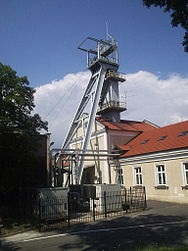
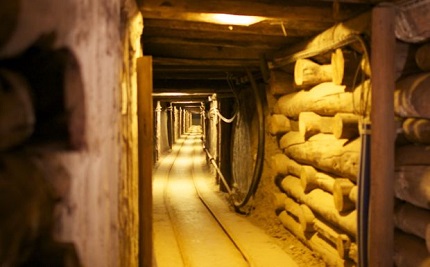
Looking at Gordon's slide show, I am reminded of the extensive stone quarries under Maestricht, Holland and the endless caverns of Postojna, Slovenia. The Postojna system comprises more than 20 kilometers of natural caverns, and visitors are taken to the far reaches on a bright red and yellow tram.
The Dutch quarries, like the Salt Mine, are man-made, and they consist of 200 kilometers of tunnels and rooms. During WWII, partisans in both places made use of the caverns, including in Holland, a bakery. The Nazis used a different part of the cave and tunnels, and we never aware of the presence of their enemies in the same labyrinths.
The Polish salt mine and the Maestricht quarries have about the same age, and in both places for public safety the majority of the tunnels have been sealed off. Only 1% of the Wieliczka mine is open for visitors.
There is a big difference between the Dutch and Polish undergrounds. Many of the Polish miners were sculptors and innate decorators. They turned their mine into a manifestation of folk art and a place of astonishing beauty.
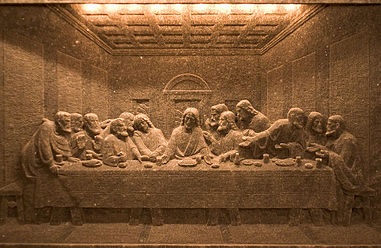
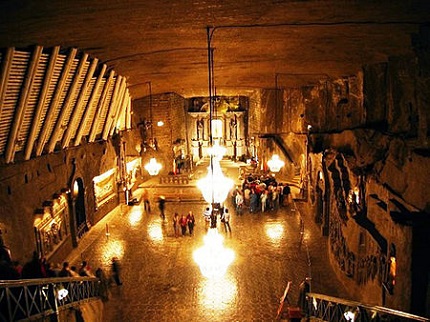
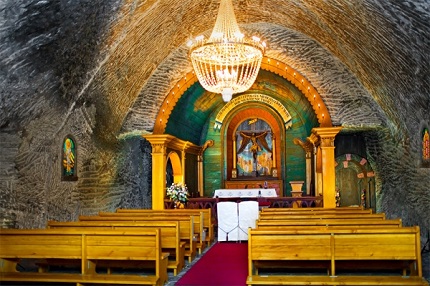

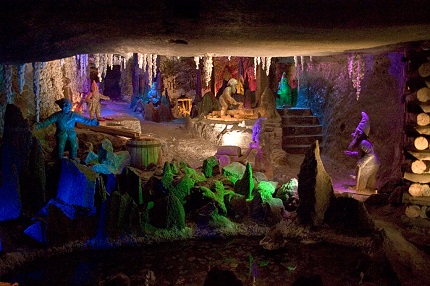
Because of flooding in the lower chambers and the development of other world salt resources, which could produce the mineral at cheaper cost, the Wieliczka Salt Mine ceased commercial operations in 1996. But it remains as a popular tourist attraction.
The human heart and mind carry a creative spirit, and this spirit is apt to leap forth in unexpected places.
| Copyright © 2025 by Lawrence Jeppson | Printed from NauvooTimes.com |